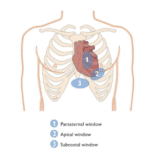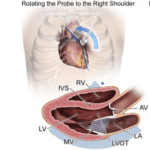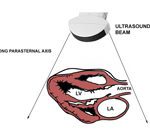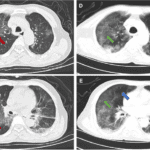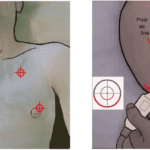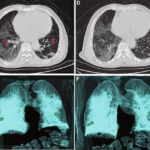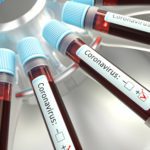By Naga Sai Akhil Reddy Gogula, MBBS
Point-of-care ultrasound (POCUS) is defined as ultrasound used at the bedside by the provider to answer binary clinical questions and guide clinical care. While POCUS first gained popularity in emergency medicine, its application is rapidly expanding in the field of internal medicine.
How POCUS Enhances Internists Practice and IM Residency Programs
1. Rapid diagnosis and improved accuracy – POCUS helps narrow differential diagnoses by providing immediate imaging data. Studies show it alters primary diagnoses in 18% of cases and identifies relevant conditions in 24% of cases significantly outperforming physical examination alone. For example, it accurately detects pericardial effusion, ascites, and left ventricular dysfunction, reducing reliance on other imaging modalities (1).
2. Procedural guidance and safety – Internists use POCUS to guide high-risk procedures like paracentesis, thoracentesis, and central line placements, cutting complication rates. For instance, pneumothorax rates dropped from 18% to 3% with ultrasound-guided thoracentesis (2).
3. Efficacy and cost savings – By avoiding delays in radiology, POCUS shortens hospital stays. Three studies noted reduced lengths of stay, while others highlighted its role in faster therapy initiation — critical for sepsis or trauma (1).
4. Reduced formal ultrasounds or radiologist consults – Reduced utilization of radiology laboratory-based investigations when initial bedside POCUS rules out a suspected pathology.
Challenges and Training Gaps
Despite its benefits, POCUS adoption faces hurdles:
1. Variable training: Only 35% of internal medicine residencies offer structured POCUS curricula (3).
2. Quality concerns: Inadequate training risks misinterpretation. The American College of Physicians cautions that evidence on mortality impact remains uncertain, though diagnostic accuracy improves from 59% to 91%.
3. Lack of educators: Many Internal Medicine programs across the country lack clinician-educators who were well trained in POCUS. It’s high time for programs to recruit clinician-educators, trainees trained in POCUS and create POCUS educators out of their residency and fellowship programs. For example, a highly successful model for this is the POCUS champion pathway at Wake Forest IM residency program (4).
The Future of POCUS
As portable devices become more accessible, POCUS is transitioning from niche tool to standard practice. Its integration into medical school curricula (57% of schools now teach it) signals growing recognition of its value.
Key Takeaway
POCUS empowers internists to make faster, safer decisions, bridging the gap between physical examinations and advanced imaging. While challenges persist, its potential to transform patient care is undeniable.
For clinicians, investing in POCUS training isn’t about skill acquisition — it’s about redefining bedside medicine, using the sonographic stethoscope.
Conflicts of Interest – I have no conflicts of interest and have not received any financial compensation for writing this blog.
References
- Ramgobin D et al. POCUS in Internal Medicine Curriculum: Quest for the Holy-Grail of Modern Medicine. J Community Hosp Intern Med Perspect. 2022;12(5):36-42. Published 2022 Sep 9.
doi:10.55729/2000-9666.1112 - Elhassan, Mohammed G et al. “Point-of-Care Ultrasonography in Internal Medicine: Limitations and Pitfalls for Novice Users.” Cureus vol. 15,8 e43655. 17 Aug. 2023, doi:10.7759/cureus.43655
- LoPresti, Charles M et al. “Point-of-Care Ultrasound for Internal Medicine Residency Training: A Position Statement from the Alliance of Academic Internal Medicine.” The American journal of medicine vol. 132,11 (2019): 1356-1360. doi:10.1016/j.amjmed.2019.07.019
- Wake Forest IM residency program POCUS champion pathway:
https://school.wakehealth.edu/education-and-training/residencies-and-fellowships/internal-medicine- residency/curriculum-overview/point-of-care-ultrasound-curriculum





